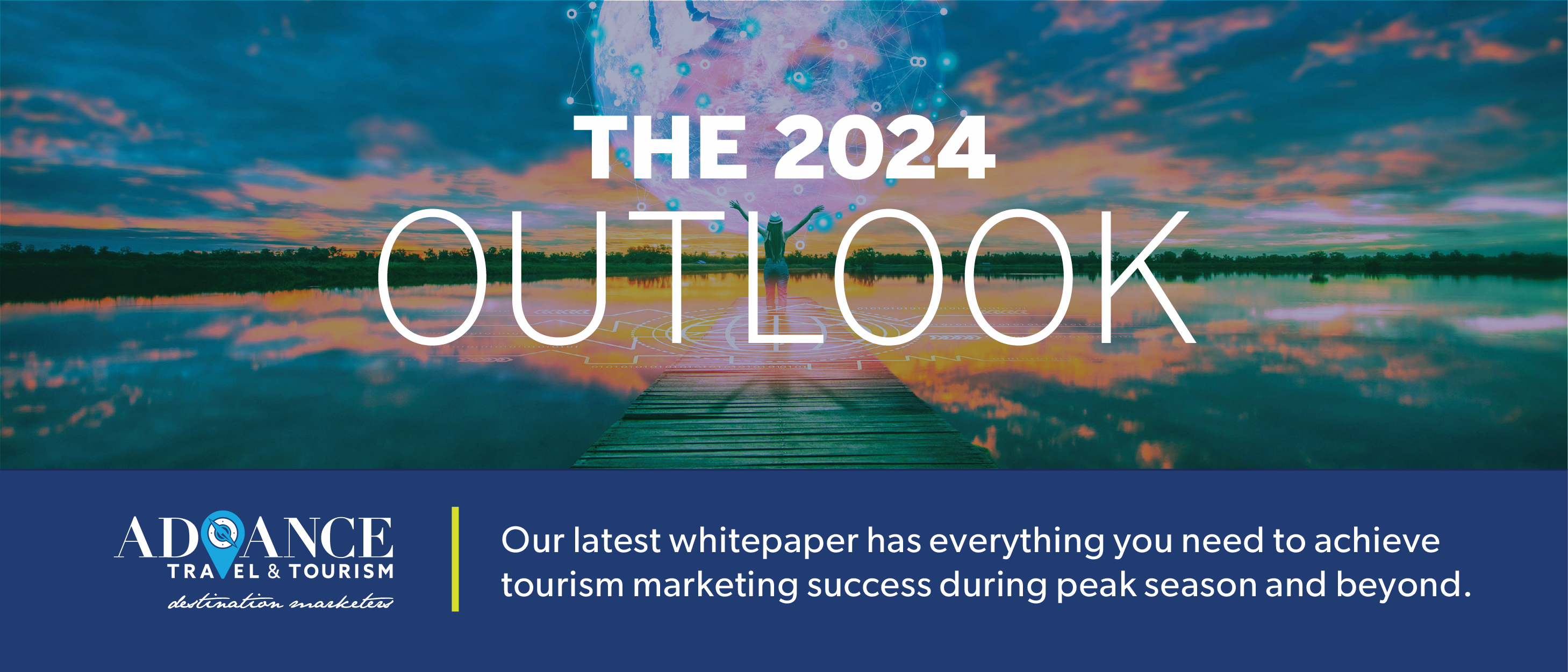Creating a Social Media Strategy in Tourism
Thankfully, today’s smartphones produce incredible video quality. And since social media platforms prioritize vertical content more than ever, marketers can shoot content directly from their personal or business phones. You can create high-quality content with minimal investment — no fancy, expensive equipment needed.
However, there are a few items that can help you make the most of your video creation time:
- Regular tripod and handheld tripod to ensure steady recording
- Quality microphone if you’ll be interviewing or talking to people
- Circle or beauty light (for any filming you might do inside)
- Editing platforms, such as Splice
Batch Recording Content
Although it can be profitable in the long run, content creation is time-consuming, and if you’re shooting video on-site at your destination, it can also involve a decent amount of planning.
Batch recording your content can help you plan out content for weeks or months ahead of time. Shooting b-roll videos when you’re out shooting can also provide content for future videos. Just add music and text or a voiceover and you have a unique video!
During our webinar How to Get Your Organization Started on TikTok, we spoke with three tourism marketing professionals about their TikTok habits. Posting frequency ranged from one to three times per week, depending on affordability and planning. For example, Shannon Lowery, content and social media manager for Visit Savannah, said that a good week involved three posts on TikTok: one curated post, one b-roll video, and one more casual video in the park.
Consistency is an important factor in posting on TikTok (and any social media site). Work towards a cohesive way of shooting, editing, and formating your videos so that your style is recognizable. And as you continue posting and interacting on the platform, you can gain insights into your audience’s locations, viewing times, and more to tailor your marketing strategy.
A Caution on Posting Across Platforms
Most platforms allow an account to cross-post a video onto another platform. For example, Instagram allows you to post directly to Facebook (although that’s of little surprise now that both are owned by Meta). TikTok videos can be shared on Instagram Reels, but this might become a problem for marketers.
Instagram Reels has been adjusting its algorithm to show fewer content pieces clearly recycled from other apps (containing watermarks or logos, such as the TikTok watermark in the bottom right corner of any TikTok video). In a February 2021 post, Instagram shared that this content “makes the Reels experience less satisfying” and will be less discoverable on the platform.
Thankfully, there might be ways to trick the system — for example, using different music on the same video for each platform. Each platform also seems to (understandably) prioritize its own video editing tools. So, recording one video and uploading it separately on each platform, then editing it slightly to fit that platform, can help you avoid penalties.
Handling Comments on Social Pages
As government-funded agencies, DMOs can struggle to define where the first amendment line should be drawn. For example, when should you remove hateful comments? What are the best ways to respond to them? And should you have the comments turned on at all?
DMOs should handle comments in essentially the same way as other brands. Reply to all comments, whether they’re positive, negative, or neutral. A survey from Clutch found that 76% of users expect companies to respond to social media comments. Eighty-four percent expect those responses to happen in 24 hours or less. Those percentages are even higher for millennials.
Your brand needs to respond to negative comments, even though it’s uncomfortable. Responses should always be calm, polite, and open to hearing more — for example, asking the commenter to contact your customer service email to have their issue addressed further. This communicates that you care about their problem, and it moves the issue out of the spotlight for you to handle more privately.
Download our latest whitepaper to learn the most effective ways to use social channels to drive your tourism marketing.
If you’d like to learn more about how we can help you adapt to the evolving marketing landscape and ramp up your efforts, please contact us today.
Share This Story, Choose Your Platform!
April 2, 2024

The 2024 Travel Outlook Survey Results are Here
Even with sophisticated data and consumer profiling, success relies on the basics — that is, the right time, right place, right message directed at the right audience. When you’re thinking about how you can best reach travelers and potential travelers as they move across their digital journey, these four considerations are the key to success. Sounds simple enough? Yes and no. [...]
February 22, 2024

Is Your Destination a Memorable Masterpiece?
One thing I have turned to over the last several years is LEGO and truly getting into enjoying the hours it takes to build something. It really is about the memories created brick by brick, and this got me thinking… As Destination Marketers, we are not too far off from being a LEGO Designer. It just looks a [...]
February 2, 2024

A Digital Marketer’s Survival Guide for This Election Year
Every year, digital marketing presents unique challenges and trends, but an election year takes the complexity to a whole new level. As the political landscape transforms, the effects ripple across various sectors, including digital advertising. […]
CONTACT US TODAY TO DISCUSS YOUR NEW TOURISM MARKETING STRATEGY
"*" indicates required fields

